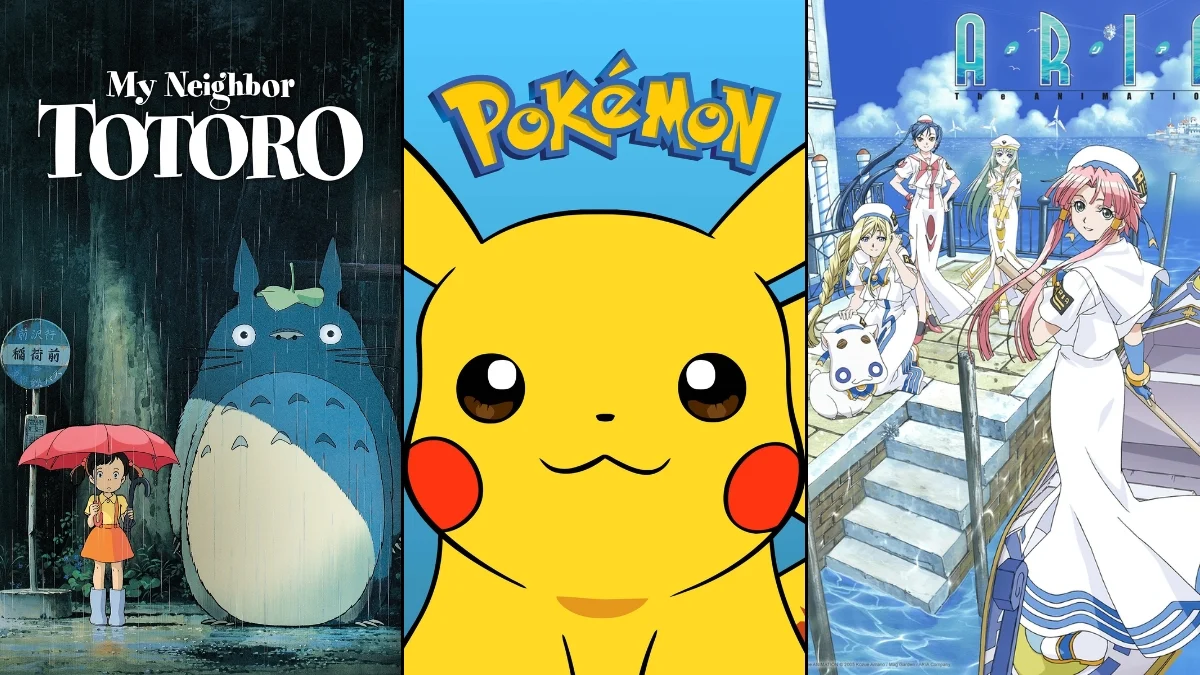
Anime is known for creating incredibly detailed and believable settings, from futuristic cities built around canals to peaceful countryside towns. This is a look at 25 unique worlds from anime shows and movies—where they’re located, what makes them special, who created them, and how everyday life is shown within them. The information focuses on what’s actually seen in the shows and movies, along with their release years.
‘Aria’ (2005–2008)
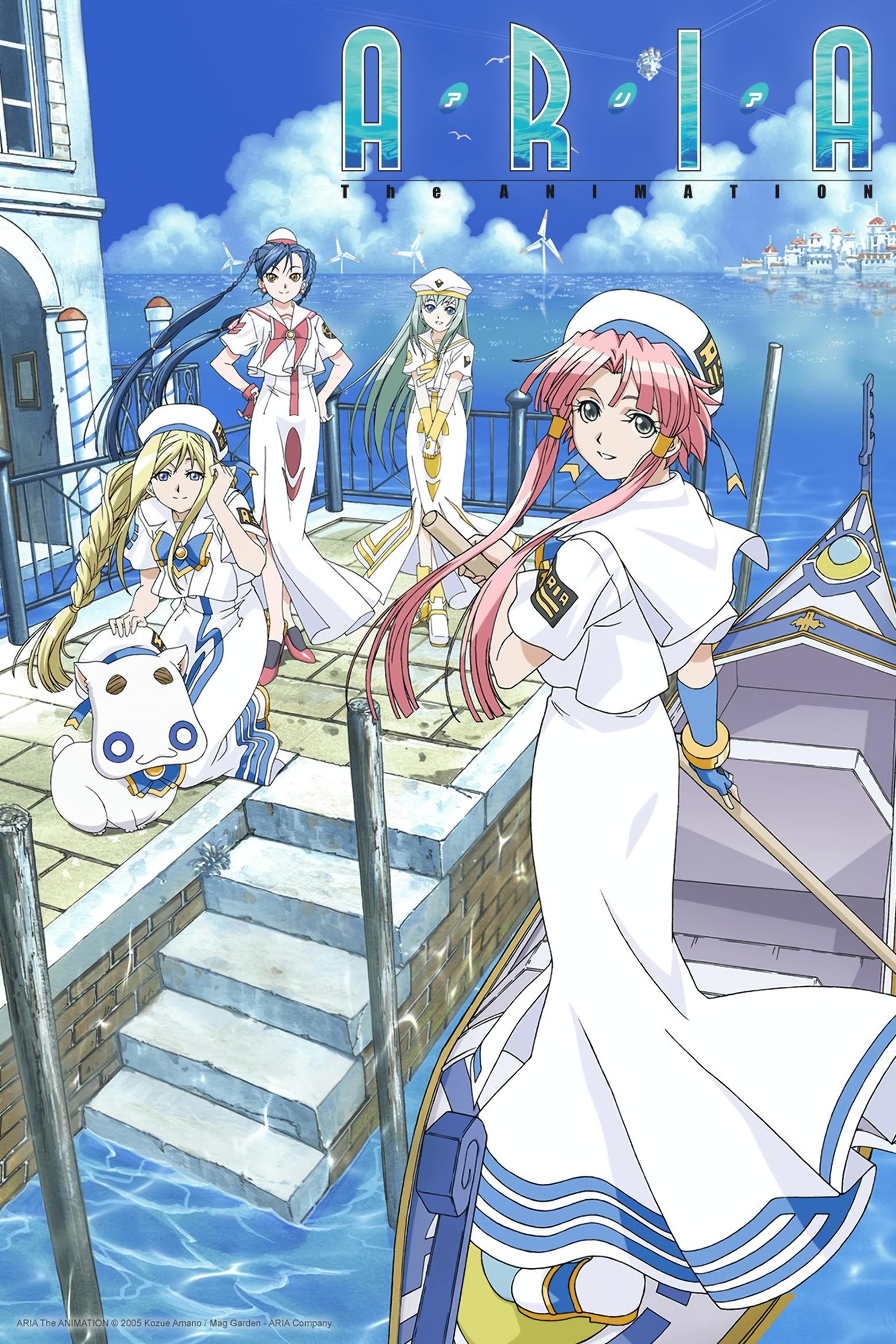
‘Aria’ takes place on Aqua, a version of Mars transformed to resemble Venice, and centers around the lives of gondoliers navigating Neo-Venezia’s intricate canals and bridges. The animated TV series – ‘Aria the Animation’, ‘Aria the Natural’, and ‘Aria the Origination’ – produced by Hal Film Maker, beautifully showcase the city’s infrastructure, transportation systems, and seasonal celebrations. The artwork vividly depicts public spaces, glassblowing studios, and public transit schedules, with storylines often revolving around apprenticeships, certification, and city tours. The franchise has expanded with additional OVAs and films that further explore the daily life and organization of the city’s guilds.
‘Kiki’s Delivery Service’ (1989)
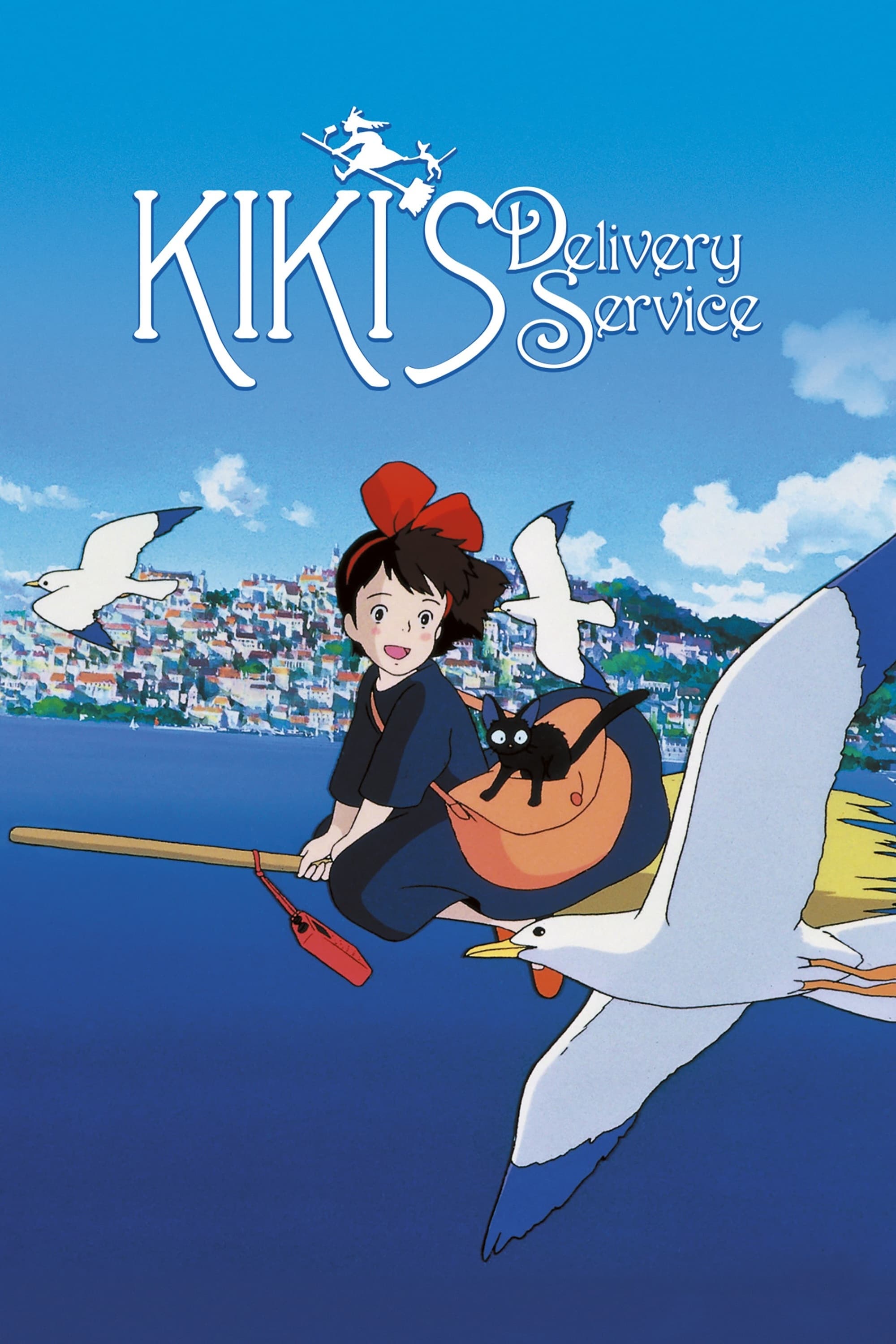
The Studio Ghibli film features a charming European-inspired coastal city called Koriko, complete with trams, bakeries, and a bustling harbor. The story follows a young witch who runs an aerial delivery service, showing how it manages flights, deliveries, and the local shops. The film pays close attention to city design – things like clock towers, winding streets, and pedestrian areas – with beautiful, detailed views of the city. The artists drew inspiration from Scandinavian and Mediterranean styles for the city’s signs, vehicles, and the interiors of its shops.
‘My Neighbor Totoro’ (1988)

This Studio Ghibli film beautifully portrays rural Japan after the war. It follows a family as they settle into an old house surrounded by rice fields and small shrines. The movie realistically captures everyday life, showing things like bus routes, small schools, and community events like visiting people in the hospital or searching for lost items. The natural environment – including trees, rainfall, and tools – is depicted with remarkable accuracy, and the story is grounded in the rhythms of agricultural life and the layout of a typical village.
‘Laid-Back Camp’ (2018–2021)

As a total cinema and travel enthusiast, I stumbled upon this really charming TV series from C-Station. It follows high school students on camping trips all over Yamanashi and nearby areas, and what’s cool is how specific it gets – each episode actually names the campgrounds they visit, even the route numbers and hot springs! It’s super practical too, showing gear checklists, how to be a good camper, and even weather updates. They frequently display prices and maps of the campsites, which is really helpful. Plus, they weave in local food and tourist info centers into their journeys. Later on, the series – and a movie they made – expanded the trips to include coastal and mountainous regions, but they still use real place names, which I love because it feels so authentic and makes me want to go!
‘Flying Witch’ (2016)
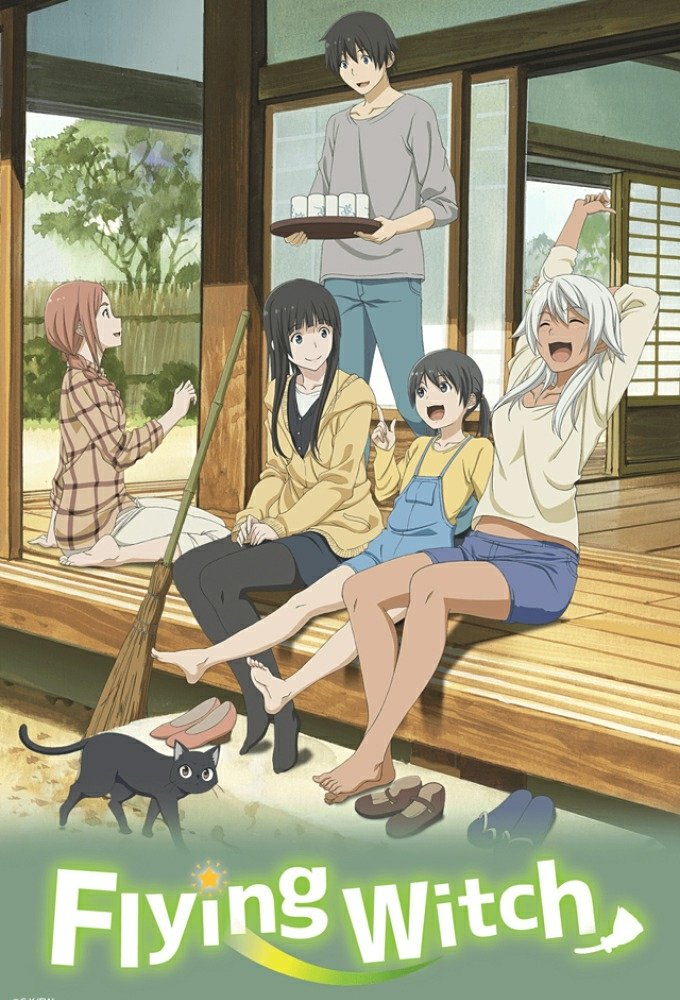
This anime series, set in Hirosaki, Aomori, blends magic into a realistic Japanese setting of apple orchards, shops, and everyday life. It feels authentic because episodes are timed with real-world events like cherry blossom season and school schedules. The show focuses on ordinary places – kitchens, markets, farms – and details relatable routines like renewing licenses and holding down part-time jobs. The backgrounds are incredibly detailed, featuring maps and shops that reflect the local architecture.
‘Non Non Biyori’ (2013–2021)
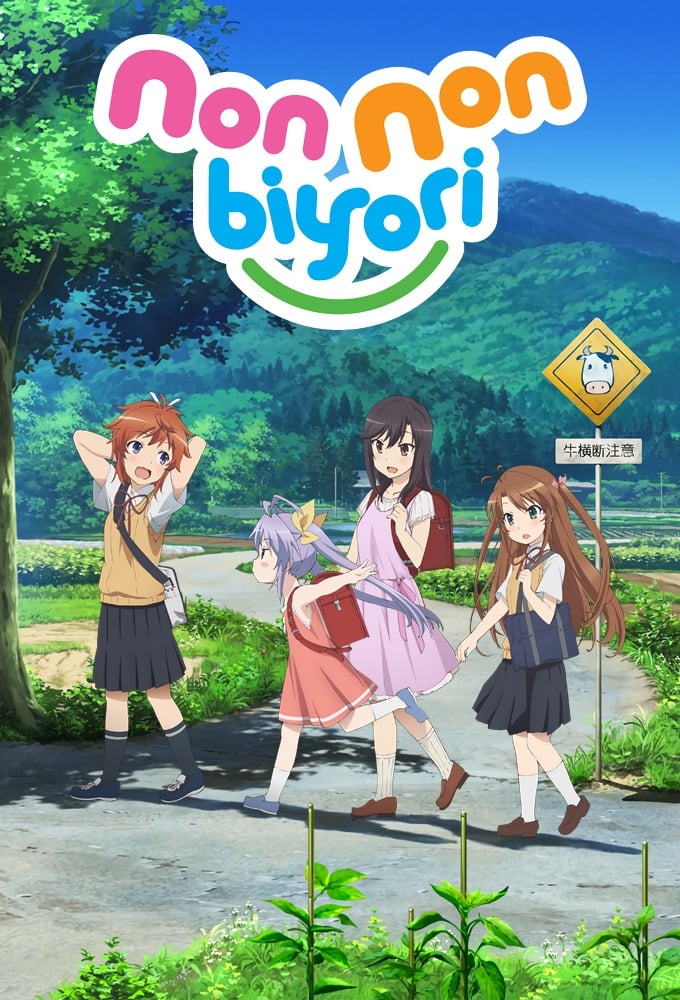
This heartwarming series offers a glimpse into life in a small, rural school where all the students – from elementary to middle school – are in the same class. It beautifully captures the everyday moments of country life, like biking to school on quiet roads, working in the rice paddies, and celebrating local festivals. Over time, the series revisits the same places, showing how the students grow up and move on, and how the seasons change the landscape. The scenery is based on real locations in the Chichibu area, featuring authentic bridges, fields, and shrines.
‘Natsume’s Book of Friends’ (2008–2017)

The show is set in a small town on the island of Kyushu, featuring traditional wooden houses, local trains, and shrines nestled in the woods. Although it includes supernatural themes, each episode focuses on everyday life and familiar places like libraries, school clubs, and family records. Stories often revolve around simple events – returning lost items, caring for family shrines, or visiting relatives – and take place in recognizable locations such as riverbanks, clinics, and country roads. As the show continues, it consistently returns to these same settings and features the same characters, all connected to the town and its layout.
‘Tamako Market’ (2013)

Kyoto Animation’s series beautifully depicts life within the Usagiyama Shopping District, a vibrant covered arcade filled with unique shops and community spaces. The show features detailed storefronts – like mochi shops, flower shops, and record stores – and highlights how businesses work together with promotions and seasonal displays. Everything is within easy reach – schools, homes, and the market – and the streets and stairways are inspired by real Kyoto neighborhoods. A new film further explores the district’s yearly events and how local festivals are organized.
‘Barakamon’ (2014)
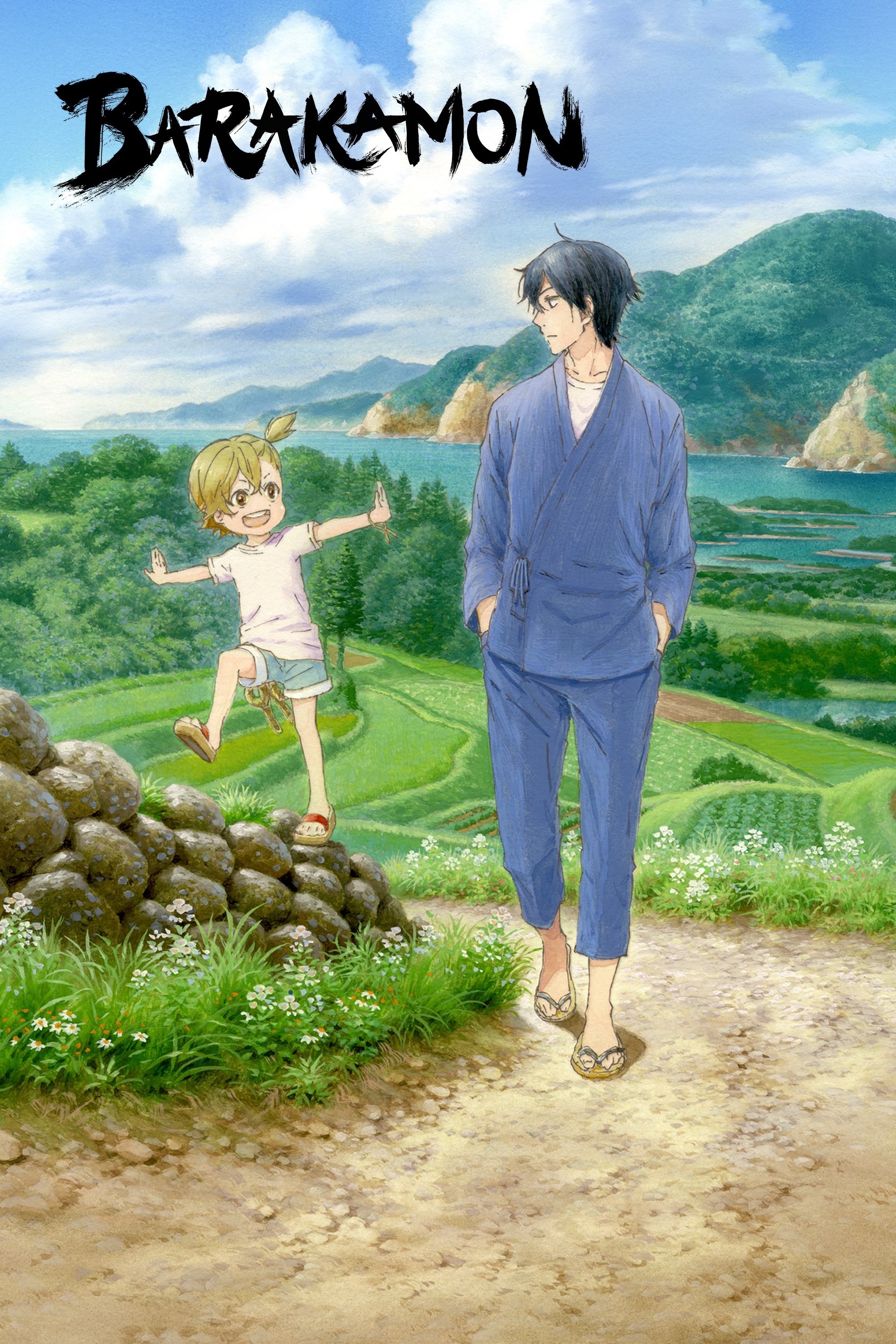
This series is set on the Goto Islands in Nagasaki Prefecture and focuses on everyday life there. It portrays the unique aspects of island living, like how people rely on each other and share resources, and how they get around using ferries. The show frequently features familiar locations – schools, fishing areas, and local roads – creating a consistent sense of place. It also highlights traditional communication methods, such as visiting people at home, using public announcements, and simply checking in with neighbors. The beautiful scenery of the islands, including stone walls and plants along the coast, is accurately reflected in the show’s artwork.
‘Whisper of the Heart’ (1995)

This Studio Ghibli film is set in a realistic western Tokyo suburb, featuring everyday locations like libraries, school commutes, and neighborhood stairs. Important scenes happen in a violin workshop, showing how instruments are made and fixed. The city itself is a character, with trains, quiet streets, and hills used to follow the characters’ journeys. The filmmakers even used real street signs and bus routes to make the setting feel authentic.
‘From Up on Poppy Hill’ (2011)
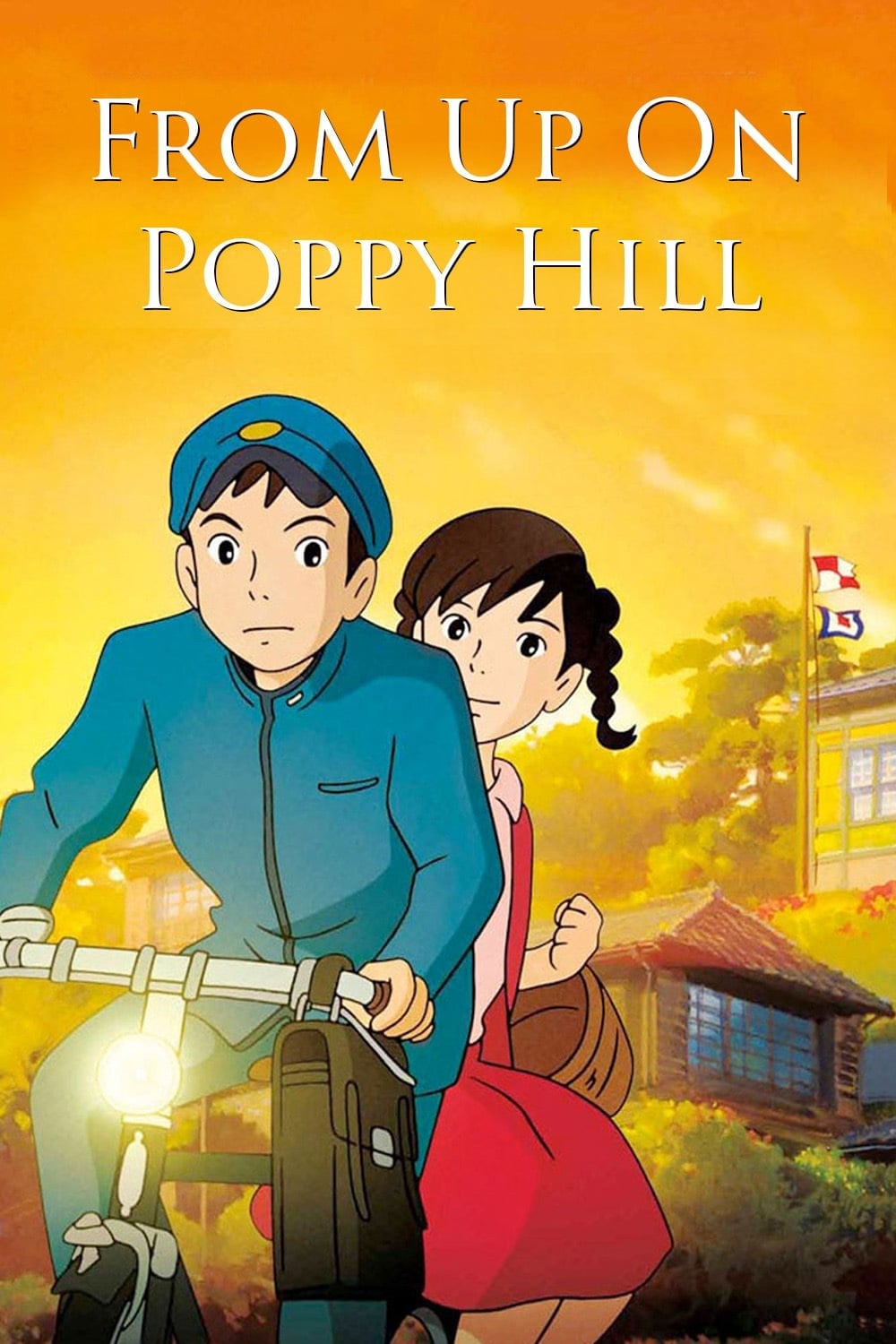
The film takes place in Yokohama in the early 1960s and centers around a boarding house and a student clubhouse that are both scheduled to be torn down. The backdrop features a bustling port, hillside streetcars, and the city’s preparations for the upcoming Olympics. Through the students’ club activities and school meetings, the film shows student life, including newspapers and efforts to preserve their community. The film pays close attention to detail, recreating authentic signs, streetcars, and home interiors from that era.
‘K-On!’ (2009–2011)

The animated series from Kyoto Animation follows a high school light-music club as they practice and perform. It realistically portrays the details of being in a band, from buying instruments and booking gigs to rehearsing and preparing for shows. The show’s setting is based on the real cities of Kyoto and Toyosato, accurately depicting their schools and local businesses. Throughout the series and a related film, viewers get a close look at the creative process, including songwriting, timing, and practice schedules.
‘Silver Spoon’ (2013–2014)

This series follows the lives of students at an agricultural high school in Hokkaido, showcasing the everyday work involved in running a farm – from milking cows and sorting eggs to learning about crop rotation. The school facilities, including dorms, animal barns, and processing areas, are designed for efficient work. Each episode highlights practical experiences like earning certifications, completing internships, and participating in auctions, demonstrating how students connect with the local food system. The school year is shaped by the changing seasons and the work that comes with them – managing snow, helping with calving, and harvesting crops.
‘Pokémon’ (1997–2023)

The franchise consistently creates worlds with familiar features across its TV shows and movies. These worlds include standard locations like Pokémon Centers and gyms, connected by trains and ferries. Each new version of the games updates the maps, but keeps core elements like trainer registries, shops, and contest arenas. The series also maintains consistent infrastructure – Pokémon Centers always act as both hospitals and places to stay – and ensures that locations and transportation systems are recognizable across different games and international broadcasts.
‘Cardcaptor Sakura’ (1998–2000)
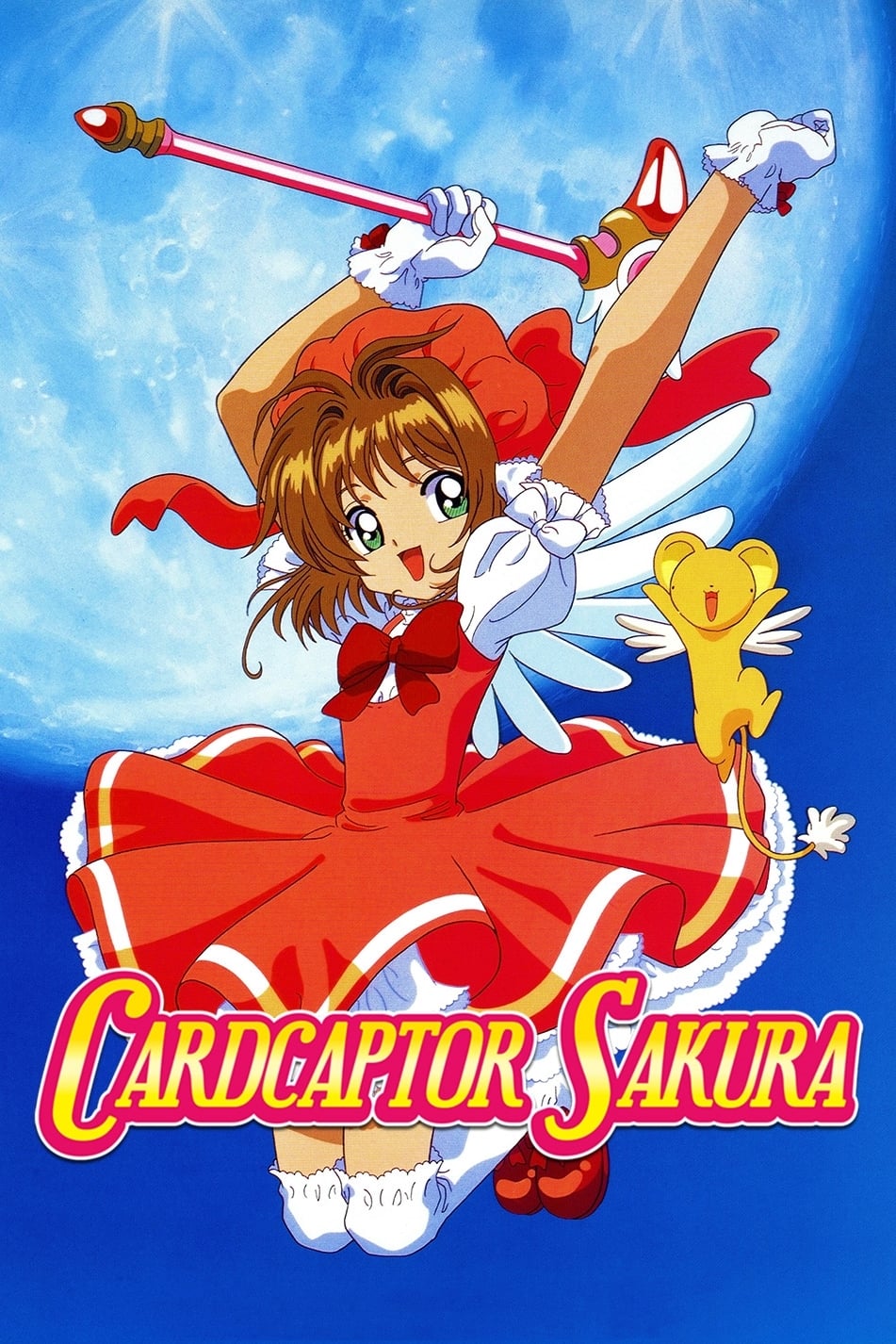
The series takes place in Tomoeda, a carefully designed town, and realistically portrays everyday school life – things like class schedules, club activities, and local shops connected by trams. Each episode blends ordinary scenes, such as going to the library, PE class, and school festivals, with the magical quest to collect cards. To create a consistent world, the show frequently revisits the same locations – streets, parks, and bridges – and consistently refers to character homes and classroom setups to show the passage of time throughout the school year.
‘Little Witch Academia’ (2017)
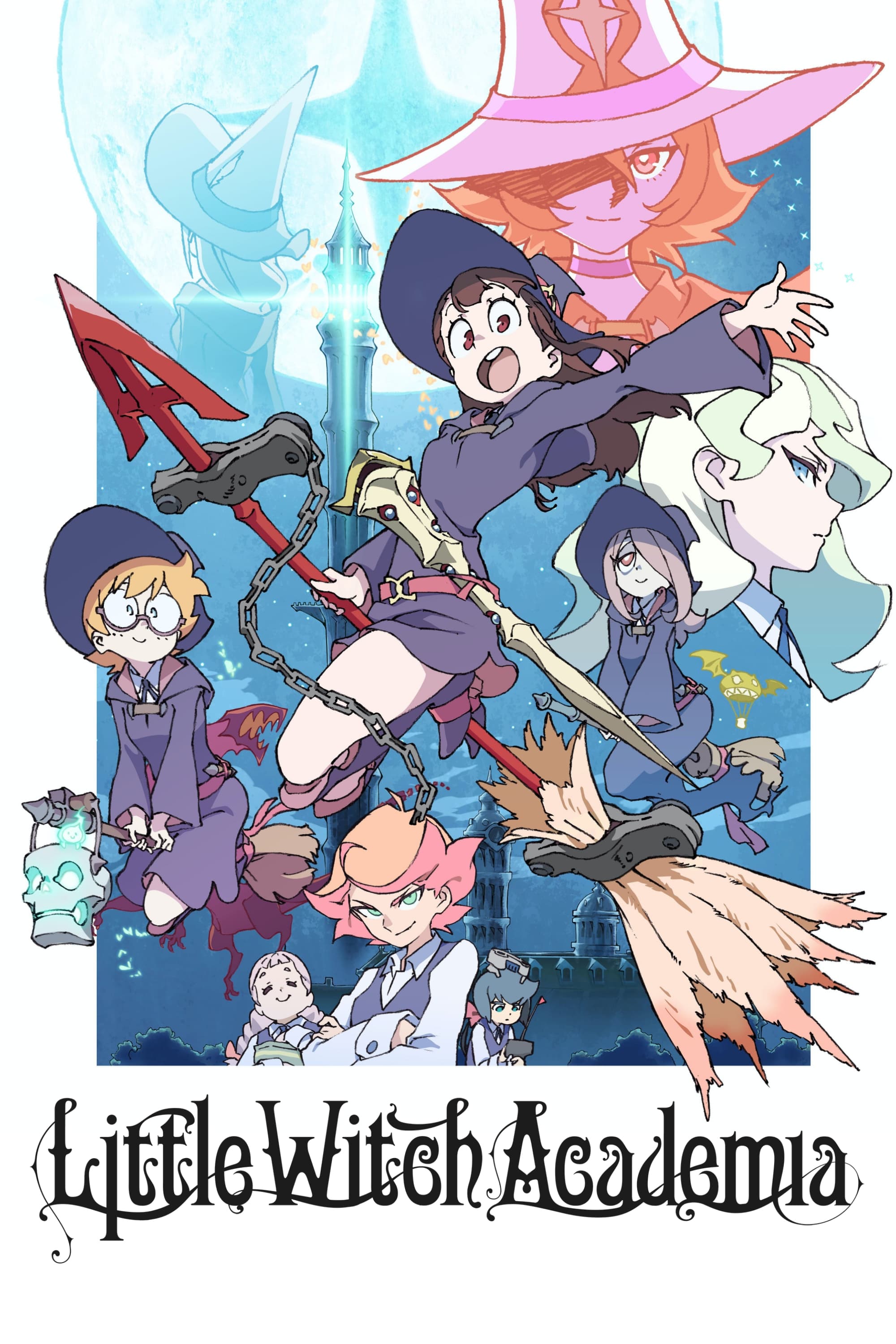
The show takes place at Luna Nova Magical Academy, a school with everything you’d expect – dorms, classrooms, and even secret archives. It realistically portrays student life, showing course details, how students earn credit, and practical tests. The academy combines magic with modern life, featuring rules and safety measures for things like flying and changing forms. Students also visit nearby towns and markets on school trips, traveling along specific routes.
‘Yokohama Kaidashi Kikou’ (1998–2002)

The animated adaptations show a peaceful, partially flooded Kanagawa area following rising sea levels. You still see roads, cafes, and small airports. The story focuses on everyday details like using fuel, taking care of cameras, and finding local food in a slower-paced world. Each episode uses real locations and basic maps to follow short journeys taken by scooter or walking. The weather and coastline stay the same throughout both animated series.
‘The Cat Returns’ (2002)

This Studio Ghibli film takes you to the Cat Kingdom, a secret world hidden within modern Japan. This kingdom functions much like a human society, with its own government, soldiers, and formal traditions, all displayed through parades, feasts, and official announcements. The architecture is designed for cats, featuring small plazas, towers, and winding streets. The film also shows everyday life in Japan – schools, commutes – and how it briefly connects with this magical cat world.
‘A Whisker Away’ (2020)
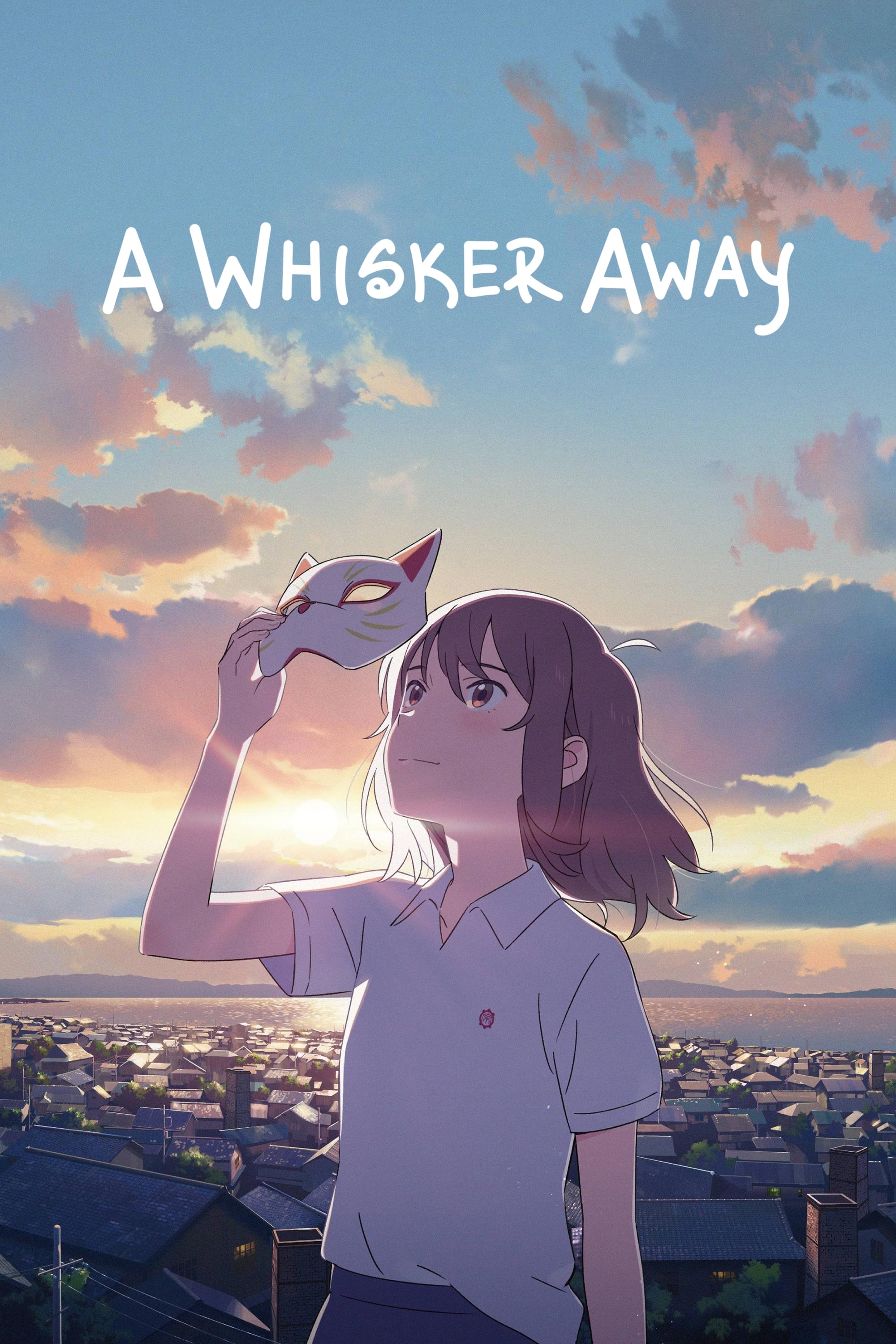
Filmed in Tokoname, Aichi Prefecture, this movie showcases the town’s authentic ceramic districts, coastal walkways, and schoolyards. Notable locations include pottery kilns, rooftops, and bustling shopping streets known for their local festivals. The story weaves in traditional mask imagery and secret spots, linking ordinary paths with a fantastical world inhabited by cats. The film’s production design also reflects Tokoname’s rich pottery tradition, seen in the signs and shops.
‘Hyouka’ (2012)
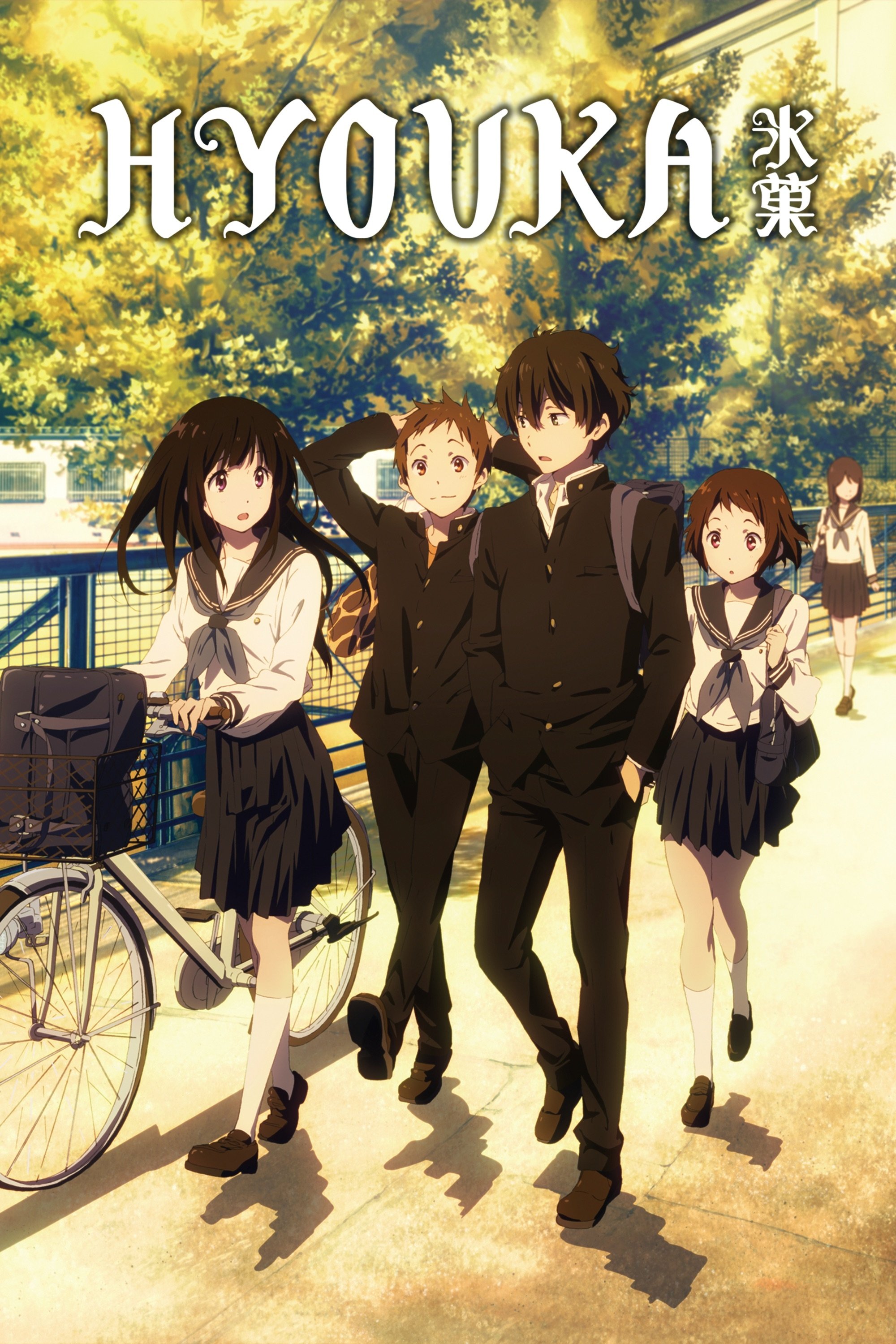
Kyoto Animation meticulously recreates the spaces in its series, from the high school’s Classics Club and festival booths to the faculty offices, detailing each floor. The show also consistently returns to local shops and neighborhoods, creating a believable town environment. Everyday school life – like getting approval for projects, managing budgets, and planning events – is shown realistically through forms and meetings. These details aren’t just background; they’re integral to the mysteries, which are often tied to schedules, building upkeep, and old school yearbooks.
‘Haikyu!!’ (2014–2020)

This volleyball series realistically portrays the world of high school athletics, covering everything from gym time and practice plans to how regional tournaments are organized. It features several schools, each with its own unique facilities, travel requirements, and local characteristics. The matches themselves show how games are officiated, how player rotations work, and the strategies teams use to scout their opponents within each regional competition. Consistent training camps and qualifying tournaments happen regularly, using the same locations season after season.
‘Your Name.’ (2016)

The film highlights the differences between busy city life in Tokyo—showing crowded trains, coffee shops, and viewpoints—and the peaceful setting of a small town centered around a lake and a shrine. The filmmakers carefully recreated real-world locations, including streets, stairs, and train stations. The story’s timeline is shown through school schedules, festivals, and phone logs. To make the scenes feel authentic, the production team used realistic, generic versions of transit maps and smartphone screens.
‘Wolf Children’ (2012)
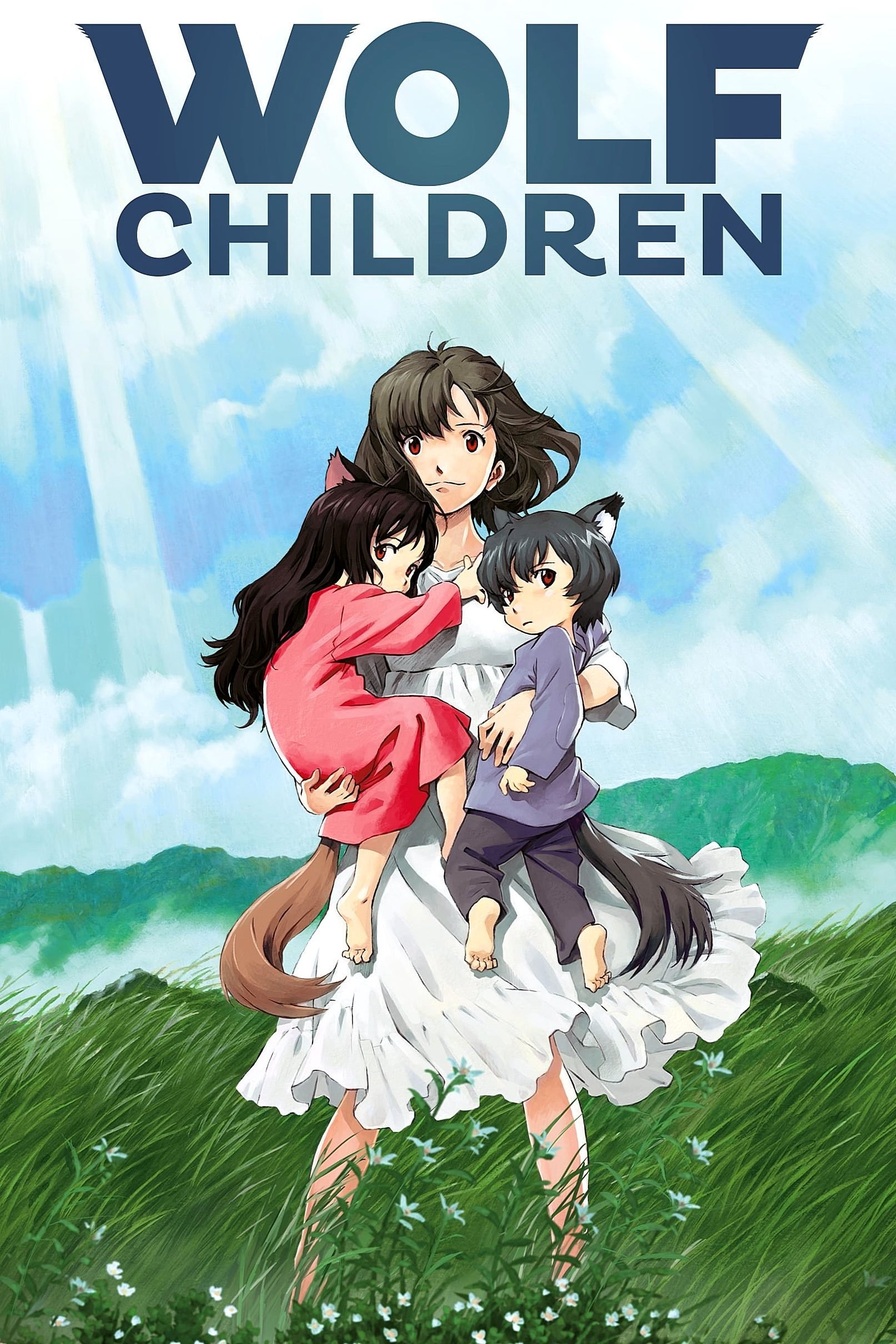
As a movie fan, I found this film really interesting because it follows a group of students who move from the bustling city of Tokyo to a quiet mountain village. It’s not just about the change of scenery though; it dives into the realities of starting over – things like fixing up an old house, figuring out how to heat it, and dealing with tricky winter roads. You really get a sense of the community through everyday things – registering kids for school, local meetings, and how everyone pulls together in emergencies. What I loved most was how the seasons dictated life; you see them planting crops, weathering typhoons, and just adapting to the rhythm of snowfall – it felt so authentic and beautifully captured the essence of rural life.
‘The Eccentric Family’ (2013–2017)
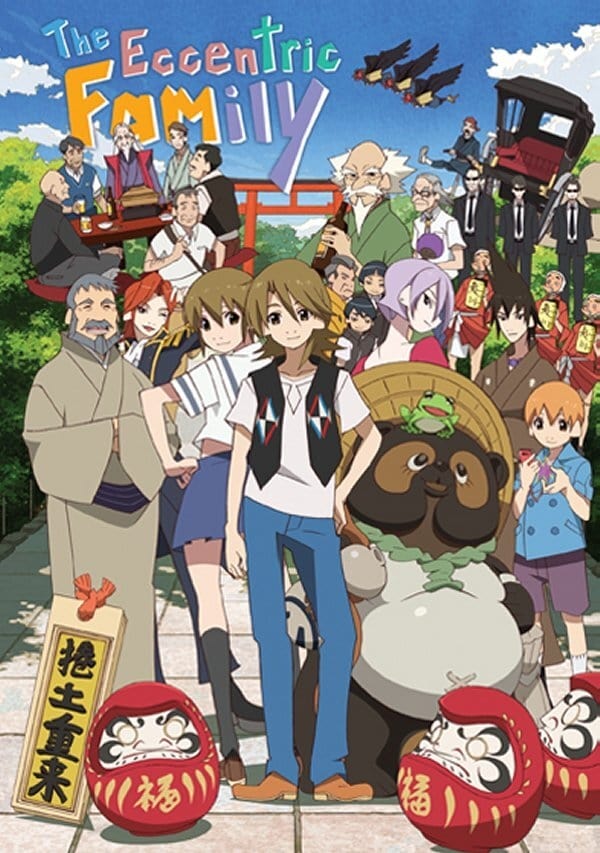
This series takes place in modern-day Kyoto, blending the worlds of tanuki and tengu with real locations like Shimogamo and Gion. Familiar landmarks – including train lines, rivers, and shrines – serve as the backdrop for regular events, parades, and everyday life. The show cleverly uses actual city events and university schedules to determine when characters meet. Throughout its two seasons, the same restaurants, alleyways, and rooftops reappear, creating a consistent and recognizable setting.
‘Sweetness & Lightning’ (2016)

This TV series offers a cozy look at daily life in Tokyo. It follows a family through their typical week, showing everything from kindergarten schedules and home cooking to grocery shopping and seasonal events. We also see inside a local restaurant, observing how the staff prepares food, serves customers, and keeps things running smoothly. The show pays close attention to details like recipes, quantities, and timing, creating a realistic and immersive experience.
Share your favorite on-screen setting from this list—or one we missed—in the comments!
Read More
- Gold Rate Forecast
- Bitcoin’s Ballet: Will the Bull Pirouette or Stumble? 💃🐂
- Binance’s $5M Bounty: Snitch or Be Scammed! 😈💰
- SentinelOne’s Sisyphean Siege: A Study in Cybersecurity Hubris
- LINK’s Tumble: A Tale of Woe, Wraiths, and Wrapped Assets 🌉💸
- Dogecoin’s Big Yawn: Musk’s X Money Launch Leaves Market Unimpressed 🐕💸
- Ethereum’s $3K Tango: Whales, Wails, and Wallet Woes 😱💸
- Navitas: A Director’s Exit and the Market’s Musing
- VUG vs. VOOG: A Kafkaesque Dilemma in Growth ETFs
- Vanguard ETFs: A Faustian Bargain for 2026?
2025-11-07 01:22